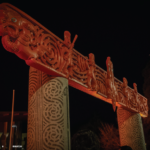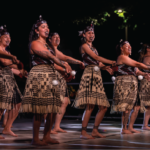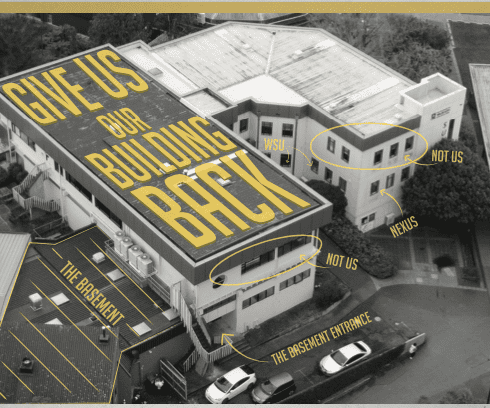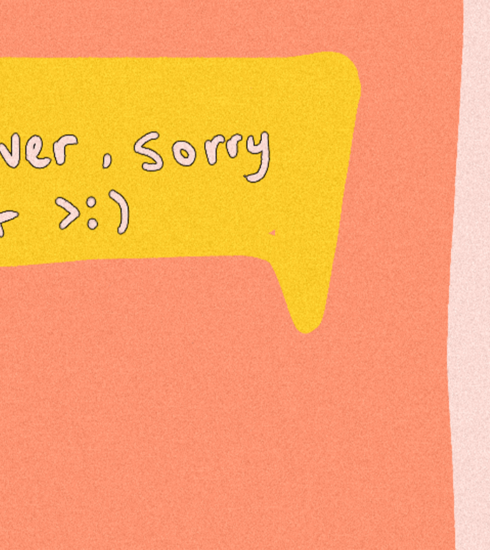Co-governance and Me
Whether you are for or against the idea of co-governance, the mere mention of it is enough to start a verbal brawl destined to divide your flat. That is why politicians are using it. It creates a wedge issue and polarises people, often based on emotion alone. Anyone who has visited the Herald comments section, or even grazed over some of the comments on our Grey Street video, knows it’s working. So, with emotion high and people shouting over an issue many don’t know the fundamentals of, what are the actual facts of co-governance?
We need to start by looking at the Treaty of Waitangi, an agreement between the Crown and Māori. We all know this. It is the foundational document of our country and has been labelled, legally, as part of the fabric of our society.
Let’s go deeper. Te Tiriti o Waitangi, The Māori version of the Treaty, which was almost the only document signed by Māori, guaranteed tangata whenua tino rangatiratanga (or self-determination). Unfortunately, after some sneaky judges, lawyers, and legislators, the Treaty as it is written cannot be used as law unless it is incorporated directly into legislation. This is how we came to the ‘principles’ of the Treaty – one of which is partnership.
So whether you want to look at the document itself or its principles, co-governance has seemed a logical next step by many for acknowledging the Treaty. Co-governance, foundationally, is ensuring an equal say around societal decisions between the parties of the Treaty: Tangata Whenua and the Crown. Sounds pretty simple.
The United Nations Declaration on the Rights of Indigenous Peoples recognises – underpinned by our inherent right of self-determination – countries should “consult and cooperate in good faith with the indigenous peoples concerned through their own representative institutions in order to obtain their free, prior and informed consent.” Put simply, the government should have a yarn with the indigenous population to get their approval on important issues. Especially ones concerning them. New Zealand, originally did not ascend to this declaration but later recognised their support of this document, bar a few provisions, including this previously mentioned one.
Professor Valmaine Toki, the first New Zealander to be appointed to United Nations Expert Mechanism on the Rights of Indigenous Peoples, proposes by selectively supporting provisions of a document outlining rights, Aotearoa is undermining the core of the document. Despite this debate about the extent to which New Zealand recognises the underpinning ideas of co-governance in international law, our domestic legal system also says the Crown should act in good faith with Māori in decisions that concern them. So, there’s certainly a foundation for the argument for co-governance.
This has actually been reflected in our country. Co-goverannce is in many things around us, just not to the national extent that is being appealed for. The governance of the Whanganui, Waipā, and Waikato Awa, as well as Te Urewera, are all managed under a style of co-governance. All have organisations set up to look over them made up of representatives from Tangata Whenua and the Crown. They do so to consider all relevant opinions. This means that the Crown and Māori get an equal say around the table when it comes to managing these areas. I’m sure it’s not as painless as it sounds but the point is, co-governance is nothing new and already reflected in our communities today.
Those who oppose, most notably the Act party, say it is undemocratic. Mainly based on its conception that it could afford a group of people with more say than another. They rely mainly on the English version of the treaty which would see Māori as ceding their sovereignty. Te Pati Māori and Green, some of the biggest promoters of Co-governance, use Te Tiriti (the Māori version of the Treaty) based governance and decision making. Once again, it is important to note that of the over 500 Māori who signed the agreement, only 39 Māori signed the English version, and only at the Waikato Heads and Manukau.
So there it is. It is all about giving the parties of the Treaty and our bicultural nation, an equal say, as guaranteed to them by the document signed to set up the very nation we call home. To not acknowledge the Treaty is to not acknowledge the reason our nation legitimately exists today.





